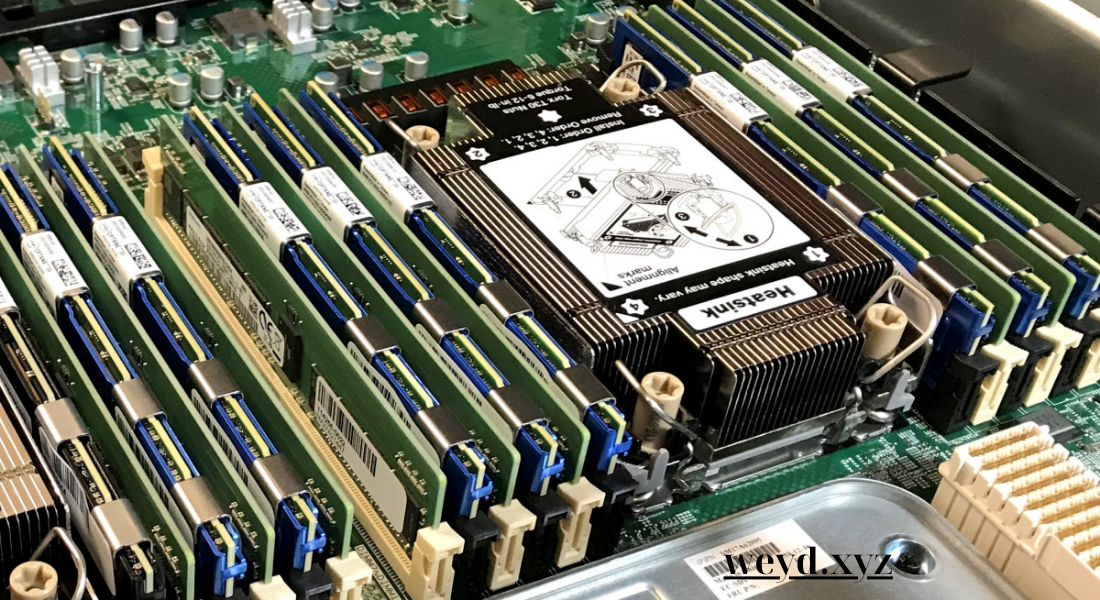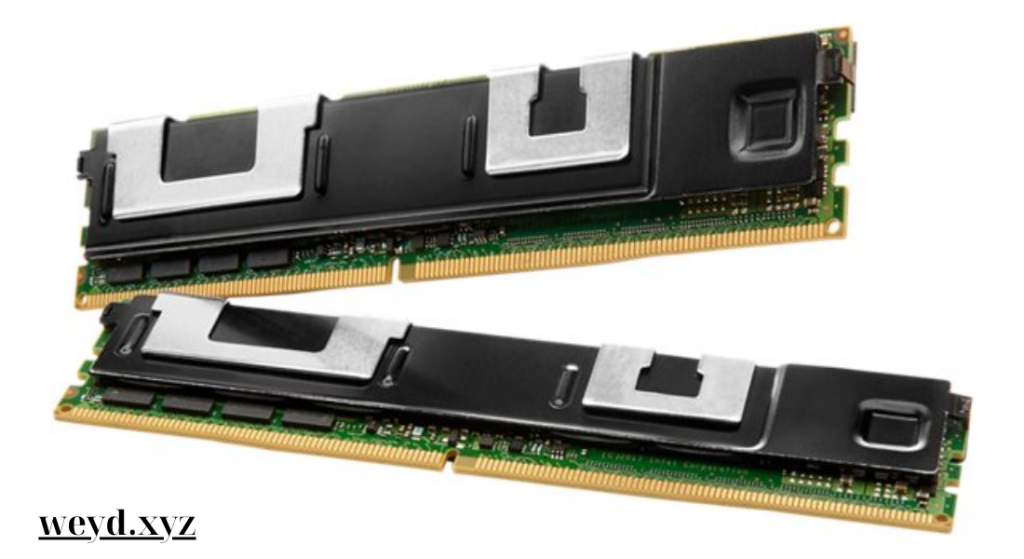Blog
Intel Memory Modules and Powering Performance and Efficiency in Modern Computing
Intel memory modules are essential for modern computing, delivering the speed, stability, and efficiency needed in high-performance systems. From gaming rigs to data-driven workstations, Intel’s memory solutions enhance system responsiveness, multitasking capabilities, and energy efficiency. In this article, we’ll explore the unique features of Intel’s memory options, the range of modules available, and how they’re supporting the future of advanced computing.
1. Understanding Intel’s High-Performance Memory Options
Intel memory is available in several types, each engineered to meet specific needs in speed and efficiency. Here’s a look at the key options:
- DIMMs for Desktops and Workstations: Ideal for users needing high capacity and reliable performance for multitasking.
- Compact SODIMMs: Perfect for laptops and small systems, delivering efficient performance without sacrificing power.
- DDR Technology (DDR4 and DDR5): With advancements in each generation, DDR memory supports faster speeds and improved efficiency, ideal for modern applications.
- Intel Optane: This innovative memory combines RAM and storage functions to reduce load times and enhance overall system responsiveness.
2. Why Intel’s Memory Enhances System Performance

From everyday computing tasks to advanced workflows, Intel memory boosts productivity and responsiveness:
- Faster Data Access: Rapid data access speeds up load times, providing users with a smoother experience.
- Improved Multitasking: High-capacity modules make it easy to run multiple applications simultaneously.
- Reliable Stability: Built for durability, Intel memory minimizes crashes and keeps data protected.
- Efficient Power Use: Designed to extend battery life in mobile devices and reduce energy costs in data centers.
3. Types of Intel Memory for Every Application
Intel offers a diverse range of memory types suited for different devices and performance demands:
- Optane for Accelerated Performance: Intel’s Optane provides fast boot and load times, perfect for gamers and creative professionals.
- DDR4 and DDR5 Modules: These modules deliver high data rates and reduced latency, with DDR5 taking performance to the next level.
- Server-Grade Modules: RDIMM and LRDIMM options are built for the stability and high capacity required in enterprise and data center environments.
4. Optimizing Gaming and High-Performance Computing
For gaming and performance computing, Intel memory modules provide essential speed and reliability:
- Higher Frame Rates and Smooth Play: High data transfer rates support immersive gameplay and fast-paced graphics.
- Reduced Lag and Load Times: Faster load times mean less waiting, a big advantage for both gaming and work tasks.
- VR-Ready Performance: Intel’s memory solutions offer the bandwidth required for VR, creating a responsive virtual experience.
- Overclocking Potential: Many modules are designed for safe overclocking, which enhances speed for demanding applications.
5. Intel’s Memory Solutions for Data Centers and AI Applications
Intel memory is essential in large-scale applications like data centers and AI, where speed, efficiency, and reliability are paramount:
- Data Analytics and Processing: With fast data handling, Intel memory enables quick, data-driven insights for analytics.
- Optimized AI Workloads: High-capacity modules allow efficient data management, essential for AI training and processing.
- Reliable Cloud Performance: Intel’s memory ensures smooth operations in cloud computing, supporting virtualized environments with efficiency.
- Energy-Efficient Data Centers: Intel’s low-power solutions reduce operational costs and help data centers maintain sustainable practices.
6. The Advantages of Intel’s Memory Technology
Intel’s memory technology is designed with industry-leading quality, making it a top choice for many applications:
- Rigorous Quality Control: Thorough testing ensures Intel’s memory provides consistent performance and durability.
- Broad Compatibility: Optimized for Intel platforms, these memory solutions integrate well across various systems.
- Future-Ready Features: Designed to handle evolving technologies, Intel memory is prepared for advancements like 5G and edge computing.
- Energy-Conscious Design: Intel prioritizes eco-friendly solutions that reduce power consumption and promote sustainability.
7. What’s Next in Memory Technology at Intel?
Intel is continually advancing its memory technology to support future computing needs:
- DDR5 Advancements: DDR5 brings faster speeds and lower energy usage, providing a significant performance boost for next-generation devices.
- AI-Enhanced Power Management: AI-driven memory management could optimize power and performance in real-time, particularly for complex applications.
- Focus on Sustainable Design: Intel is committed to environmental responsibility, developing memory modules that minimize their ecological footprint.
Conclusion
Intel memory modules deliver the performance, stability, and efficiency that today’s devices need to keep up with demanding tasks. From gaming and productivity to data-intensive applications, Intel memory offers a robust solution for enhanced speed and reliability. With ongoing innovation and a strong commitment to sustainability, Intel memory modules are not only ideal for today’s needs but also well-prepared for the future of computing.


